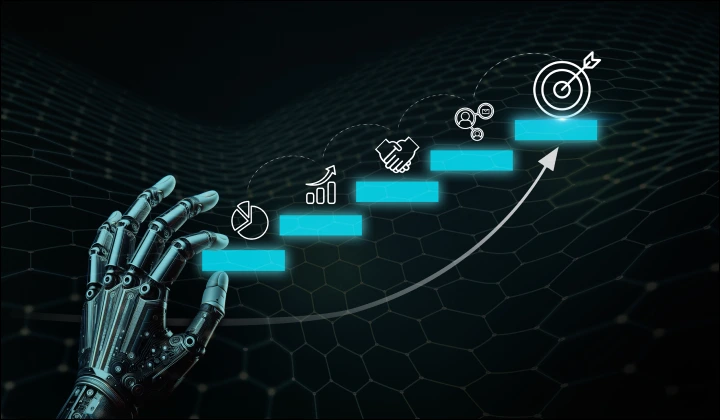The cost of AI development is highly variable — and too often misunderstood.
Some companies overspend trying to reinvent the wheel. Others underbudget and get stuck mid-project. The rest delay altogether, waiting for a “clearer picture” that never quite comes.
That’s why we created this guide: To give a realistic, experience-based understanding of AI development costs.
We’ve answered 30+ real client questions we get in consultations — all included below.
(Disclaimer: The cost estimates in this guide are tentative and based on our past AI development projects at Azilen. Actual costs may vary depending on your specific requirements, data, and complexity. For a tailored estimate, contact us ↗️ — we’ll be happy to discuss your AI needs.)







 23 mins
23 mins











 Talk to Our
Consultants
Talk to Our
Consultants Chat with
Our Experts
Chat with
Our Experts Write us
an Email
Write us
an Email





